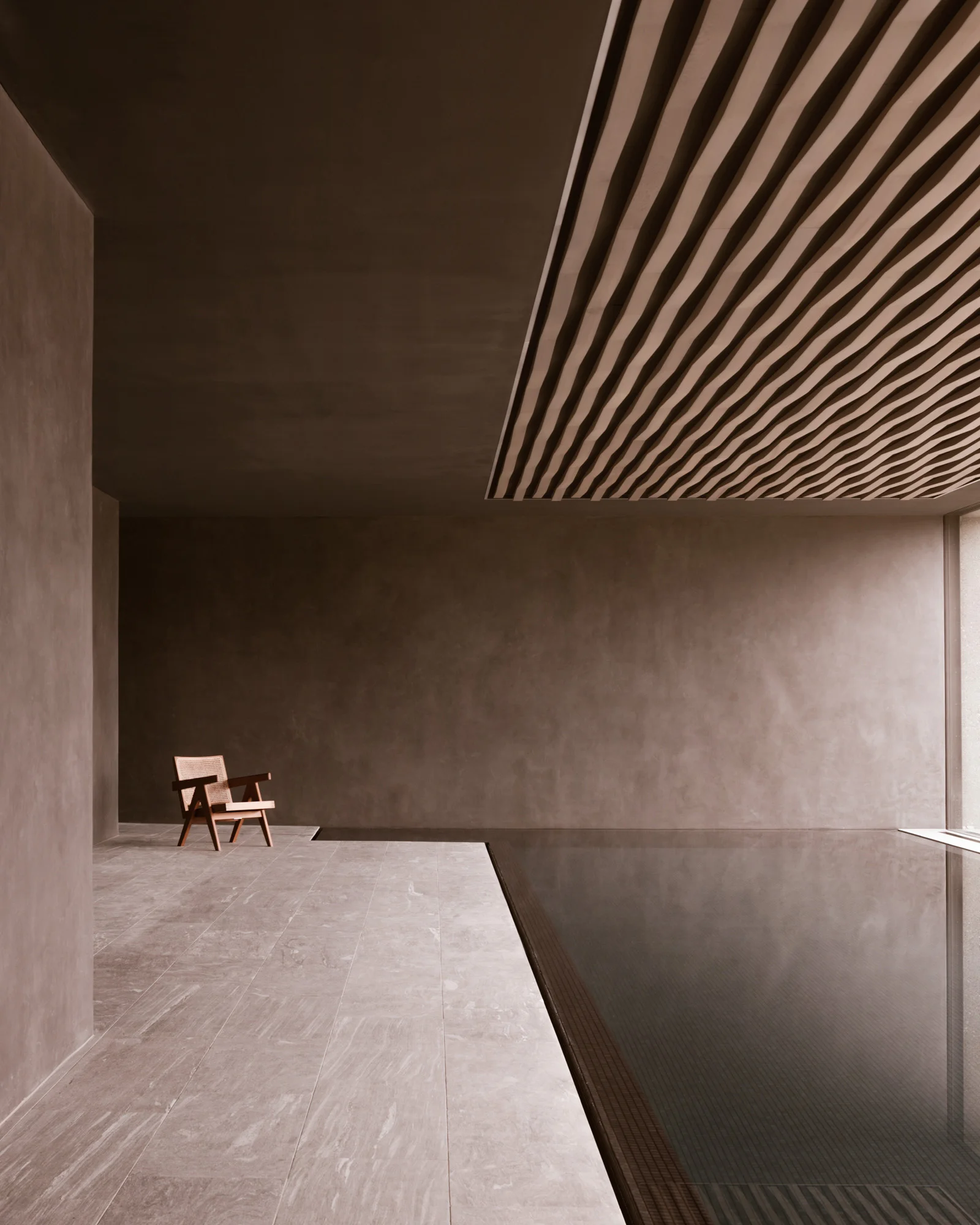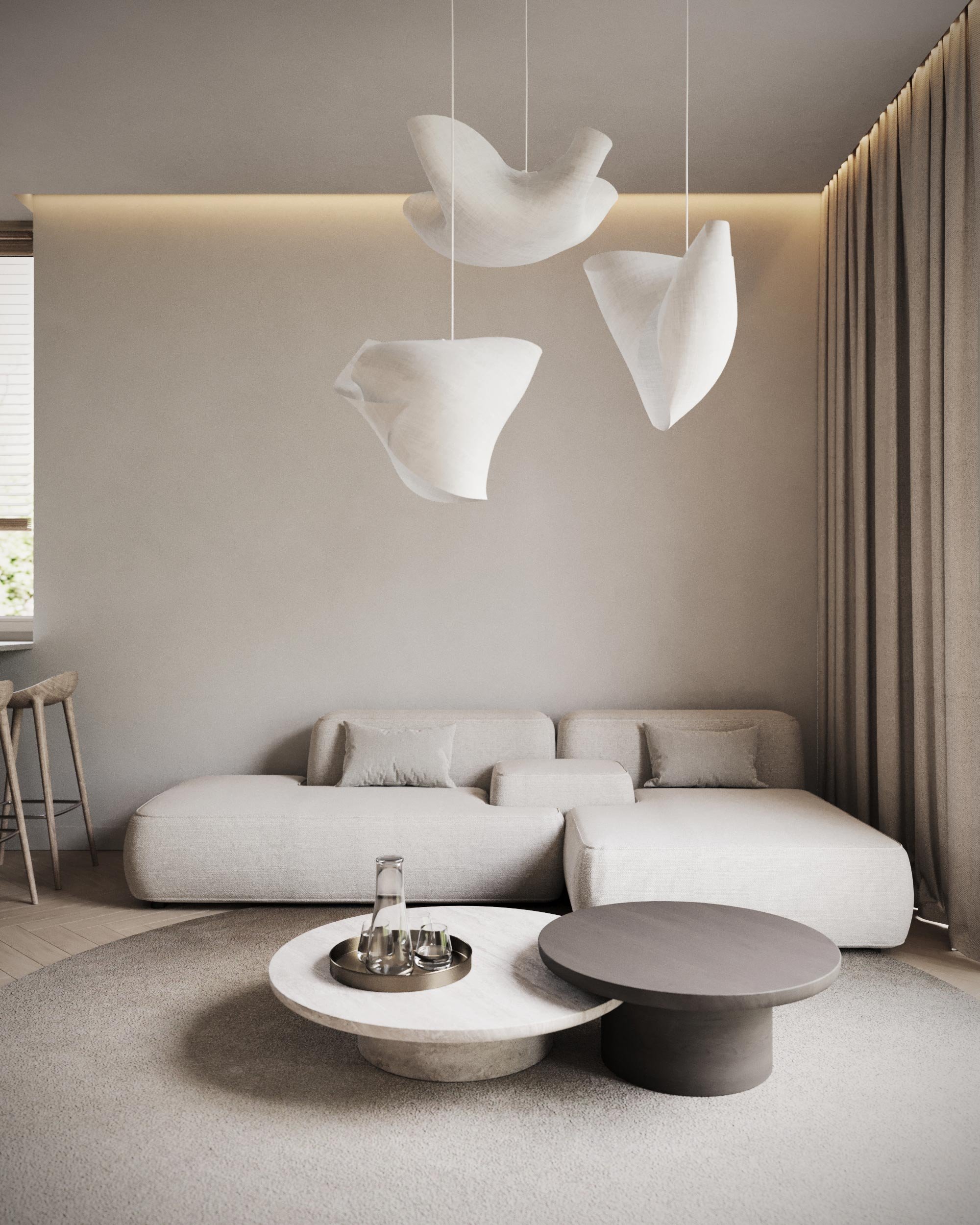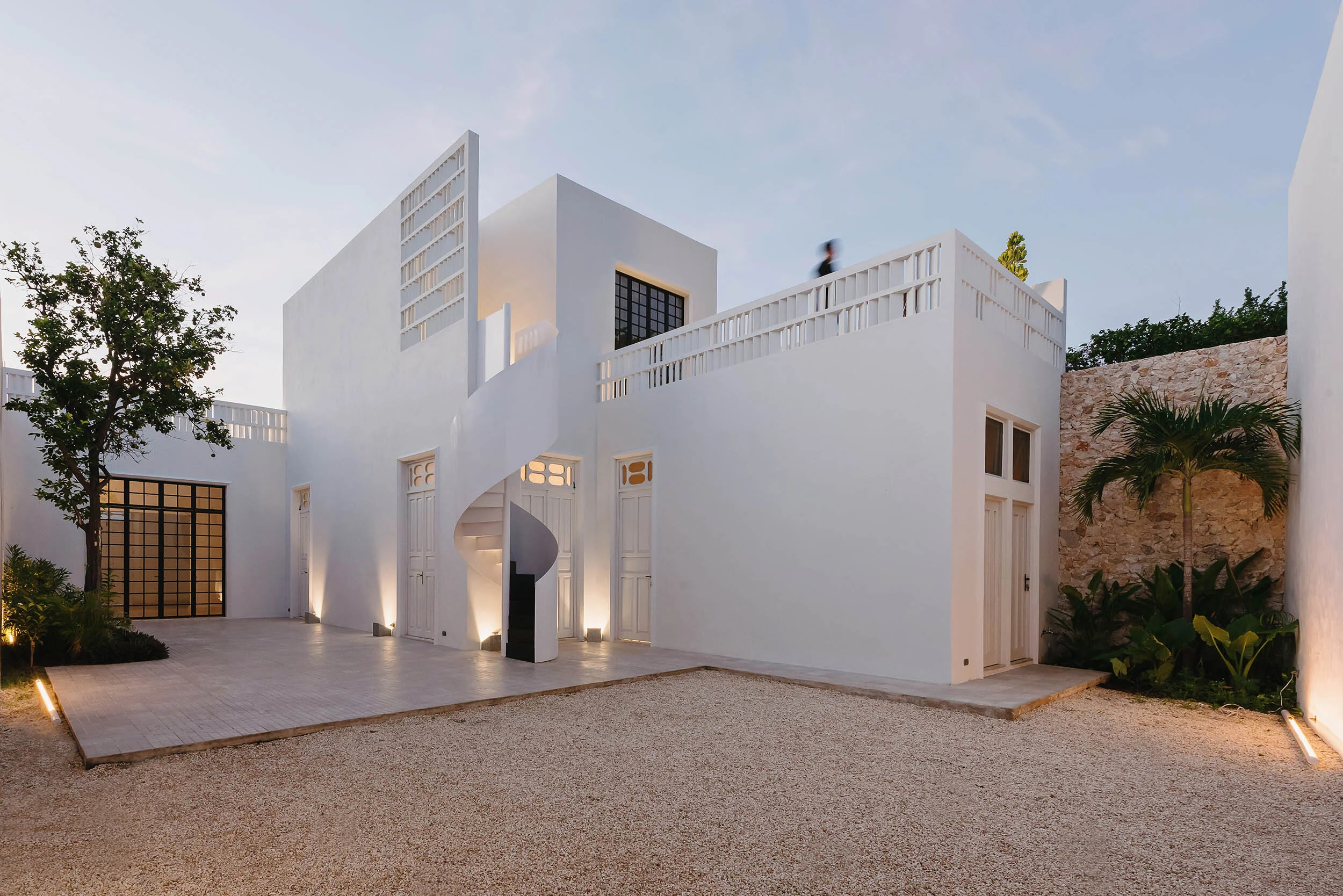Balancing the Beauty of Architecture and Body With George Kroustallis
Balancing the Beauty of Architecture and Body With George Kroustallis
Photographer George Kroustallis Showcases the Artistry of Structure and Simplicity
Name:
George Kroustallis
Photography:
Minorstep - George Kroustallis
Words:
Marissa Stempien
For photographer and creative director George Kroustallis, finding the feminine form in human shape, architecture, and minimalism is at the core of his creative inspiration. His photography, which is a mix of fine art and commercial work, is a beautiful blend of shape and structure, balanced with the artistry of light and dynamic storytelling. The award-winning artist and his creative agency Minorstep have worked with some of the biggest names in the industry including Lancome, Burberry, Reebok, Refinery29, and Yatzer.Creating dynamic narratives through his work, George designs around architecture and the human body to find the parallels in their structure and simplicity. Here he discusses how he got started, the drive behind his artistic vision, and how he finds harmony and correlation between his seemingly divergent subjects.
Visual Pleasure Magazine: Can you tell me a bit about your background and how you got started in the world of photography?
George Kroustallis: I’ve always felt the need to have some kind of creative output, but my background isn’t directly related to what I ended up doing for a living. I’m 30 years old, come from Greece, and currently reside in Berlin. Originally, I studied social anthropology and pursued a career in music production.
At the same time, I was immensely interested in anything visual and found myself spending more and more time devouring anything on design, fashion, and architecture. I was just drawn to it. It took years until it all started to come together, with me finding myself shooting more and more and developing those skills professionally. It has been an interesting ride from obsessing with photoshop since I was a teen to all this adding up to a career in art direction and photography ten years later.
And so I’ve always felt the need to create a finished product that truly reflects my niche interests and point of view in each space, whether that’s a still-life photo series or a mastered song.
I find it takes a certain amount of fascination in discovering how things work and the geekery needed to learn those new skills, but most importantly it takes the development of taste in a variety of areas or mediums. How could you be a fashion photographer without being interested in fashion design, or a hotel photographer without being into art, and what makes a good composition?
What inspires your work? Where do you find this inspiration?
My work reflects those interests and my point of view. I am forever fascinated by good design, architecture, fashion, and art, especially where it all meets minimalism as an aesthetic movement. Stripping down things to the essentials, and elevating these as much as possible, allows us to ask for the right questions. There’s a feeling of completeness, sophistication, and satisfying tranquility found in the work of Agnes Martin, the white at the Cyclades islands, or the buildings of Tadao Ando, that I trace my visual philosophy back to.
And this is the space where I’m interested in making work, whether that’s a campaign for a brand or personal work that I publish.
You seem to photograph primarily women and architecture in your images, two very different subjects. Do you find parallels between the two and do you prefer to highlight those similarities or celebrate their uniqueness?
I love this question because it allows me to make an important point - these two subjects can be way more similar that one would think, and we can approach both of them with the same curiosity. Body is architecture, and architecture is body. What I’m interested in is exploring structure, texture, and light, and that applies beautifully in both subjects.
Most importantly, what I’m persistently interested in is the symbiosis of femininity (or a female subject in a fashion context) and architecture. I wanted to put these two subjects together, because traditionally in photography they’re so separated, and in my world, they’re not. They’re one. This is how my project “Cycladic Minimalism” came about. I'm mostly fascinated when these worlds collide.
I’d have to be crazy to not see the parallels in the amazing organic curves found in Zaha Hadid’s architecture to the beautiful curves of a female body. When you approach all of that from a visual perspective and see how diverse it can get, it’s truly fascinating.
I wanted my work to be an ode to what I consider both beautiful and emotion-provoking, whether that’s skin texture or the concrete facade of a building. What happens when properly put together or even in juxtaposition? This is the dialog I’m very interested in.
Now of course shooting with people can be very different from shooting architecture. Shooting fashion is incredibly attentive, you have to be directing the models and also leading the team around you so you can’t be fully relaxed, it’s constant interaction. With architecture, your theme is not going anywhere. You can breathe and focus on chasing the light (now that’s constantly changing) and the right styling and framing. I really enjoy both.
You’ve worked with several beauty and fashion brands including Lancome and Kiss Cosmetics. Do you find that your aesthetic speaks to beauty and style in a unique way that sets your photographs apart?
I think so. Because of its nature, there’s a look in the beauty industry that’s associated with cleanliness. When you’re ultimately selling a beauty or skincare product, that purity is attractive and it’s needed, and that’s the feeling we’re aiming to craft. Since my aesthetic is all about that it has been a great match and I think that’s why some of these brands gravitated towards us working together.
You’ll see grittiness in fashion, but beauty photography? You usually expect immense attention to detail and cleanliness there, for a good reason.
Doing commercial photography means being fully aware of what story you’re telling, and to whom.
There seems to be a continuous theme of light and structure in your photographs regardless of subject. Are these the artistic elements you’re most interested in exploring and why?
I’m mostly interested in exploring form, texture, and interesting light, through minimalistic imagery. And that’s the core of my practice and why I can apply it to different subjects. There’s something magical to me about stripping down an image to these core elements and elevating them as much as possible.
I will never get over what the chiaroscuro artists achieved through the use of light, or how Malevich's work feels so liberating. Abstraction through geometry makes so much sense to me.
I see photography as not a living capture of a moment, but the intentional crafting of a scene. Your brushes are your light strobes or the sunset. The color palette is strictly predefined, and there’s restraint in its use. Retouching is equally important, everything leading to the final product.
Working with so many brands and companies do you ever find yourself losing a bit of your creativity to give your client what they’re looking for or are you given more creative control?
That’s why the distinction between personal work (or fine-art projects) and commercial work is crucial. Doing commercial work de facto means you’re strategically working within limitations. It’s not just about being creative—it’s about using your medium to achieve a commercial goal, tell a visual story in the most effective way possible. When I’m developing a concept or art directing I work within a creative strategy framework to develop solutions—it’s solving a specific problem for your client.
I love the business side of that and more and more of my work becomes less hands-on—it’s the thinking part that has immense value, now that’s creative direction. Good clients will trust you creatively, because they’re coming to you as an expert, and you’re providing them with a solution that’s ultimately good for their business.
How do you find a creative balance between being a creative director and photographer considering they are such different mediums? Do you need to think pragmatically on one end and more imaginative on the other, or do they lend themselves to one another?
These two work hand in hand. If you’re shooting with no intent then what are you shooting? I enjoy both roles and there are projects where I do both. Typically, doing the creative direction in larger projects will require a copious amount of interpersonal and coordination skills, and don’t forget selling creative ideas and handling client relationships. People on the outside focus on the “creative” aspect and forget the “director” aspect. Ultimately, I think the best projects are the ones who push you to create something new. Also, I can’t emphasize enough the importance of a good team. Good vibes prevail.
What would be a dream project for you in the future and why?
I’m not sure when I started dreaming about it, but I’d love to manage to travel and document important brutalist architecture all over the world. That would be a hell of a project.Sounds pretty crazy in this post-corona world, doesn't it?


















